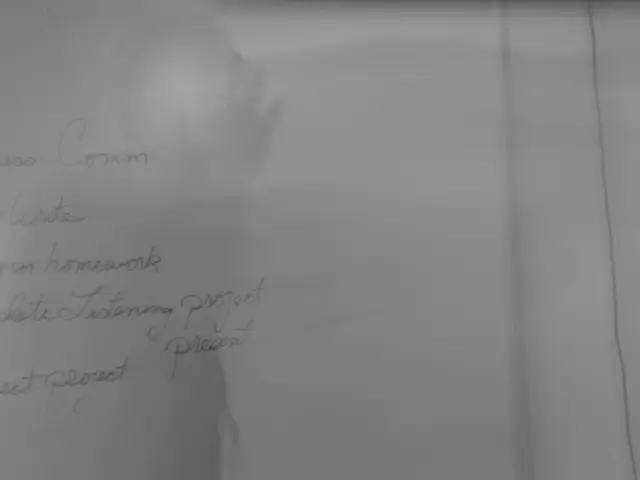Proposals have been put forth by the Commission to the Council.
In a significant development, the European Union (EU) and the United States have announced an agreement in a long-standing tariff dispute, marking a step towards easing trade tensions between the two economic powerhouses. The announcement was made following a meeting in Scotland, and the joint written statement took over three weeks to materialize.
The U.S. tariffs on car imports will be retroactively reduced to 15 percent from August 1, according to EU Trade Commissioner Maros Sefcovic. This is a significant decrease from the previous tariff rate of 27.5 percent, which had been in place since before President Trump took office. However, it's important to note that the new 15 percent tariff is still high compared to the previous rate of 2.5 percent.
The EU Commission had surveyed investment intentions regarding additional investments and increased purchases of energy and weapons beforehand. Yet, European companies' compliance with these requirements is not guaranteed, as the current rules are considered unjustified from the U.S. government's perspective, but not from the EU's.
The agreement also sets the 15 percent tariff cap in stone for car imports only. This development may lead to stronger competition for German manufacturers, who have traditionally enjoyed a significant advantage in the European car market.
The EU will reportedly meet the necessary conditions for this reduction, including initiating legislative procedures for tariff reductions on certain U.S. products. The statement commits the U.S. and the EU to eliminating unjustified trade barriers in the digital sector, but this may be interpreted differently in Brussels.
The U.S. demands changes to the EU's strict digital laws, which aim to prevent the spread of misinformation on platforms like Twitter. European companies operating large online platforms with significant user bases in the EU, such as Meta (Facebook, Instagram), Twitter, and TikTok, will be affected by the EU’s updated digital laws aimed at preventing misinformation. These regulations include requirements for very large online platforms (VLOPs) and involve obligations like content moderation and fact-checking.
The European pharmaceutical industry, which considers the U.S. its most important export market, with nearly a quarter of German pharmaceutical exports going there, fears tariffs. The 15 percent tariff cap does not currently apply to European pharmaceutical, semiconductor, and lumber manufacturers due to ongoing investigations. Trump has threatened tariffs of 250 percent on pharmaceuticals and 100 percent on semiconductors, posing a significant threat to the industry.
Negotiations behind the scenes continued over details such as who would fulfill which promises and when. The statement now commits the U.S. and the EU to working towards a more harmonious trading relationship, with the hope that this agreement will be the first step towards a broader trade deal in the future.
Earlier statements by Commission President von der Leyen suggest that liquefied natural gas (LNG), oil, and nuclear fuels from the United States will fill the gaps left by the planned complete cessation of Russian gas and oil imports. The EU will need to navigate these complex issues carefully to ensure a balanced and fair trading relationship with both the U.S. and its other international partners.
Read also:
- Council has proffered several suggestions to the Commission.
- President Donald Trump's hefty civil fraud penalty overturned by the New York appeals court
- "Blue-Footed Booby Highlighted: 50 Rare Species You May Be Unaware Of"
- Digital Era Business Structures: Crafting Organizations Like LEGO Blocks in Modern Times








